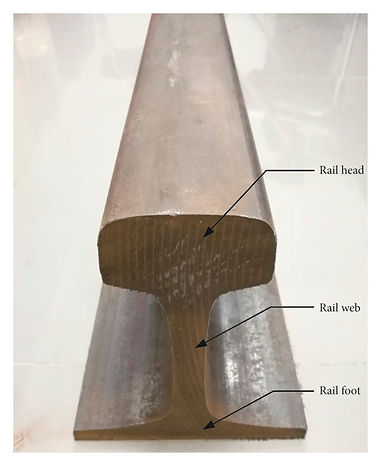Rail Shape Type
In the context of railway infrastructure, there are three main kinds of rails: flat-footed, double-headed, and bull-headed. One important factor in the field of railway transportation is the rail's configuration. Our thorough investigation will give particular focus on flat-footed rails, exploring their unique history and uses in relation to rail networks.
Flat-footed Rail
The flat-footed rail, also referred to as the Vignoles rail, is the most frequent rail design seen in Indonesian rail tracks. This form of rail dates back to 1836 and is credited to Charles Vignoles. It consists of three unique parts: the body, head, and foot. Its easy installation and apparent efficiency are the reasons for its widespread use in Indonesia. The design's lower legs provide a more robust reaction to the weights supported by the rail.
Photo


-
Flat-footed rails are found to be cheaper than bull-headed rails
-
Load Distribution: Flat-footed rail distributes the train load over a great number of sleepers. This results in greater track stability
-
Longer life than bull-headed rails.

